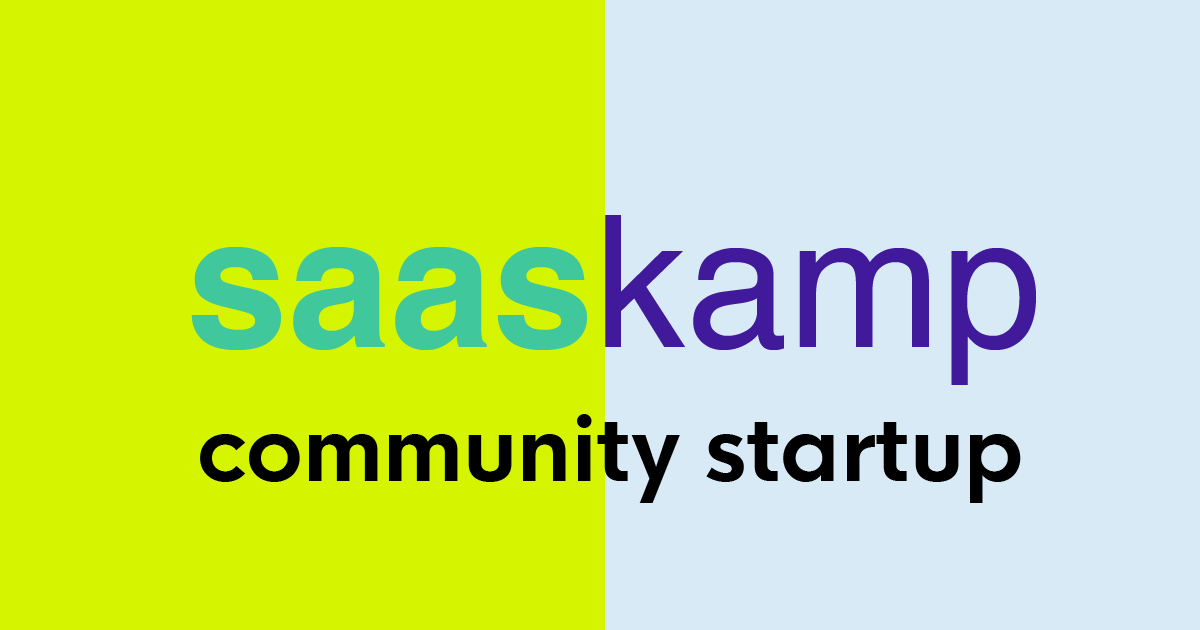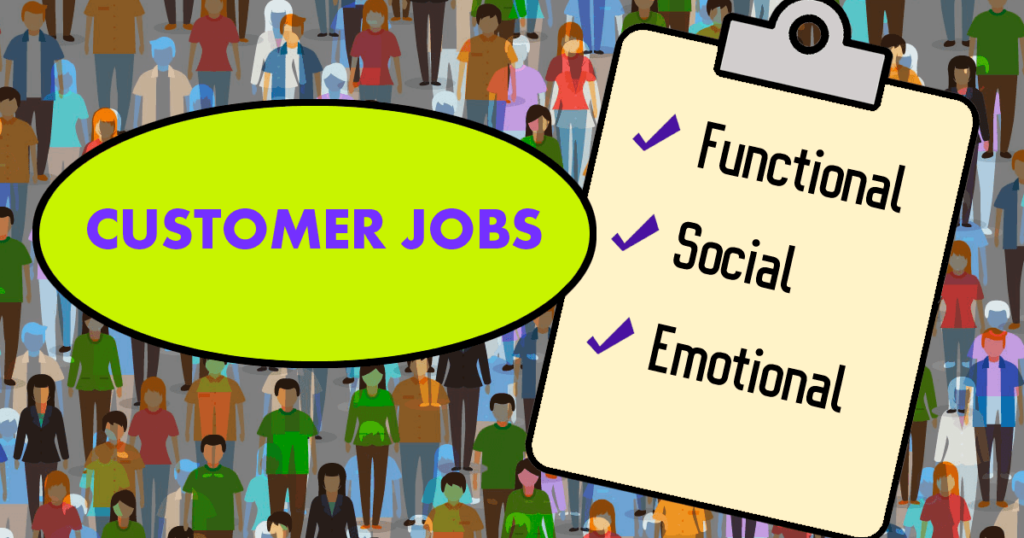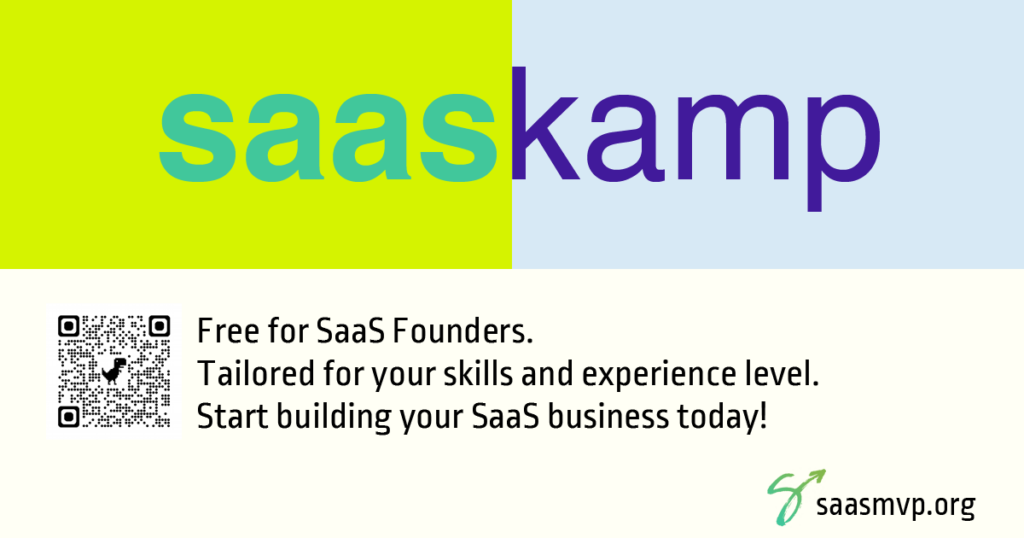Founder. Friendly. Funding.
Rick Gregg April 21,2025 What do you think?

Protecting Your Idea
When you first join The saaskamp Community Startup you may bring your own product and/or service idea into the Community Startup for development by you and the community. Of course, you don’t need to have an idea to join The saaskamp Community Startup. If you bring an idea into the Community Startup, you will license your idea to the Community Startup on a non-exclusive basis for development thereby protecting your intellectual property from theft.
If you don’t have an idea, you can participate in the development of other community ideas. If you come up with your own idea while participating in the development of community ideas and that idea is sufficiently different from the ideas under consideration, you again will recieve a non-exclusive community license for community development.
Once all of the ideas are developed using the saaskamp curriculum, the community will vote on the idea that will be implemented by the Community Startup on a funded, for-profit basis. If your idea is selected, you will enter into an exclusive license arrangement with the Community Startup under well known transparent standardized terms. If your idea is not selected, you can continue your work as part of the Community Startup team or implement your idea with your own team. In return, you will be able to terminate the non-exclusive license Agreement with the Community Startup and recieve investment from the Community Startup to fund the implementation of your team’s idea.
Find Your Team
Finding a co-founder or startup team is nearly impossible given the traditional programming provided by most startup ecosystems. Social events, pitch competitions, hackathons, and other community events are transactional. As a result, there isn’t ample opportunity to meet and get to know an individual over a period of time to determine if you have any like minded interests that would enable you to work together daily in a startup environment.
The saaskamp Community Startup process and curriculum provides the ideal setting for you to meet and collaborate with like minded people that have complimentary skill sets in a real world startup over a period of time. Finding your team is an important benefit provided by The saaskamp Community Startup. Our approach will make your startup more attractive and valuable to the investment community – including our own direct to private wealth investment network.
Receive an Investment Commitment on Day One
You and your team’s progress will be transparently measured against The saaskamp Community Startup curriculum in a standardized pre-approved manner that is acceptable to all investors in our private wealth investment network. As a result, the relationship between the entrepreneur and funder is well known in advance preventing the “moving of the goalposts” by either the entrepreneur or investor. This approach provides an unambiguous funding path for the entrepreneur that results in a funded startup on a timeline controlled by the entrepreneur and supported by the investor. You will no longer have to spend 12 to 18 months or more diluting your efforts by chasing funding. This allows you to focus on building your startup immediately.
Get a $100,000 SAFE with a Discount and No Valuation Cap
The saaskamp Community Startup will provide you and your team with a $100,000 Simple Agreement for Future Equity (SAFE) on day one. With a SAFE, an investor provides funding for an early-stage company under an agreement that will convert the investment to actual shares in the company at a future date – during a “priced round,” when the company sells shares to new investors based on a negotiated valuation of the company.
The saaskamp Community Startup SAFE is a standard Y-Combinator “Discount Only” SAFE without a valuation cap and a 20% investor discount, giving the entrepreneur the most founder friendly version of the SAFE available. This SAFE Agreement is attached to a detailed, quantifyable Funding Execution Agreement that provides the standardized measurement criteria against the saaskamp Community Startup curriculum which needs to be reached before the funds can be released. Your Intellectual Property Agreement with The saaskamp Community Startup is also attached as part of the Funding Execution Agreement.
Onboarding Now
You can begin accruing participation shares today by simply registering with the saaskamp Community Startup. You will receive one (1) share for registering and given a seat on our Slack channel. Get timely information, ask questions and get answers; help us craft policy and begin working on our innovation and technology challenges. We can’t wait to see what we create as a startup community together.





